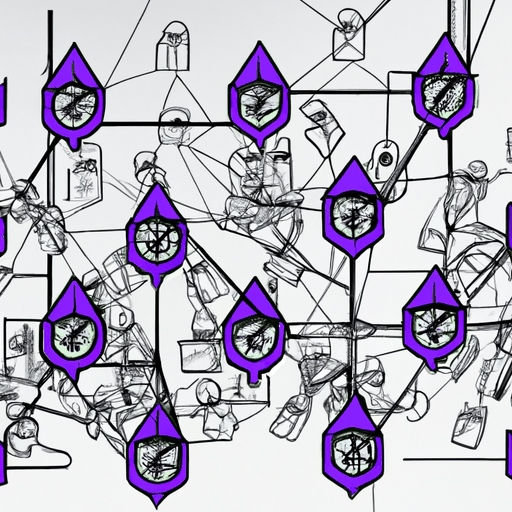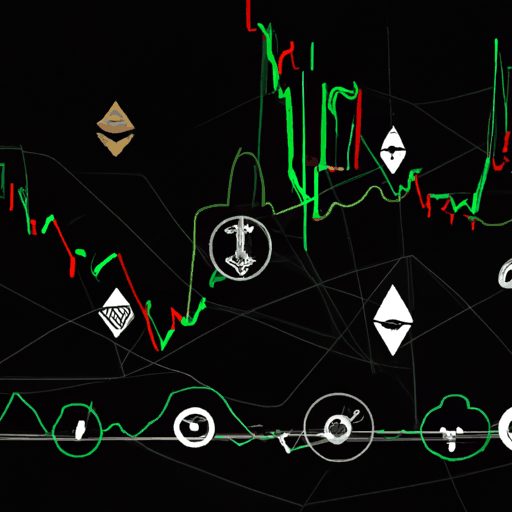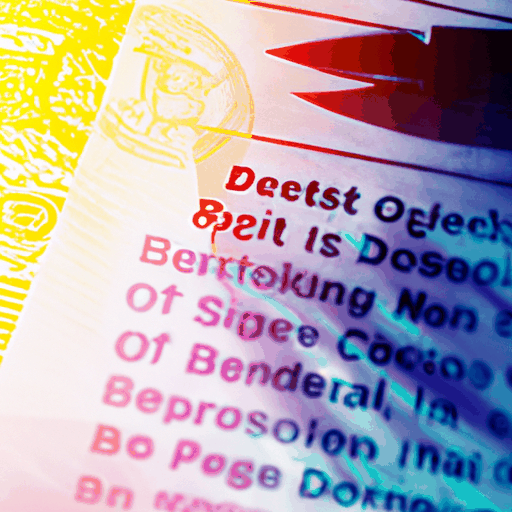
Vitalik Buterin Emphasizes Security In Ethereum Layer-2 Decentralization
By: Isha Das
Ethereum co-founder Vitalik Buterin has sparked an important discussion regarding the decentralization of Ethereum’s Layer-2 networks. In a recent commentary shared on social media, Buterin highlighted the paramount importance of having a robust proof system as a foundation before moving towards complete decentralization. He cautioned that without reliable proof systems, decentralization could introduce unnecessary risks to the network's integrity and security. This cautionary note emphasizes that the quality of proof systems is as significant as the decentralization process itself.
Buterin's insights come in response to comments made by Daniel Wang, the founder of Loopring Foundation, who suggested that Layer-2 solutions should adopt a “Stage 2-BattleTested” label. This label would signify that a rollout solution has been stress-tested in real-world conditions, thereby offering more trustworthiness in live environments. Wang argued that a rollup could be considered battle-tested if its current code and configurations have been live on Ethereum mainnet for over six months, consistently securing over $100 million in Total Value Locked (TVL), including $50 million in ETH and major stablecoins.
In elaborating on the relationship between security and decentralization, Buterin proposed using multi-signature (multisig) mechanisms with various independent systems to decrease the risk of single points of failure within proof systems. He illustrated his point with a risk model, where each Security Council member might face a 10% chance of safety issues alone, such as signing incorrect data, or encountering liveness issues like unavailability. This model highlights potential vulnerabilities from collusion or coordinated hacks, known as common mode failures. Therefore, Buterin suggested that sometimes moving to higher stages of decentralization might be viable as proof system quality improves.
In conclusion, Buterin stressed that deploying a full decentralization model with a fragile or initially weak proof system would be inadvisable, posing significant risks to the network. He views the strength of a protocol's proof mechanism as intricately tied to its overall security, especially as the system advances into higher stages that demand more rigorous safeguards. This perspective underscores the careful balance needed between security enhancements and the push for further decentralization in Ethereum's evolving ecosystem.



